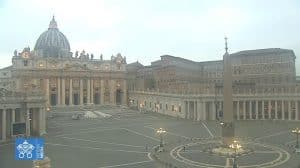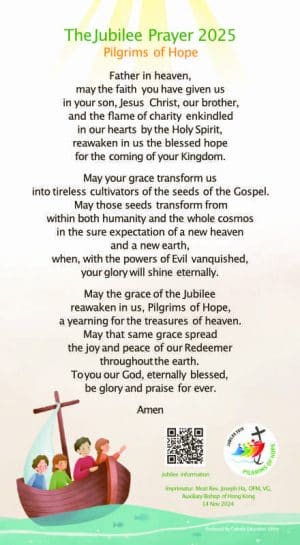
The mountain, in the bible—as, indeed, among all peoples of antiquity—was the site of the encounter with God.
In Exodus 24 we find that Moses, “after six days” (Exodus 24:16), went up; he did not go alone, but took Aaron, Nadab and Abihu with him (Exodus 24:1,9), and was enveloped in a cloud. It is enough to conclude that, with these Old Testament allusions, the evangelist intended to communicate a message. He intends to present Jesus as the new Moses.
Recalling the images of the cloud, shining face and mountain from the Old Testament, Matthew says that Peter, James, and John, in a particularly significant moment of their lives, have been introduced to the world of God and have enjoyed an enlightenment that made them understand the true identity of the master and the destination of his journey. He would not be the glorious Messiah they expected, but a Messiah who, after a severe conflict with the religious power, would be opposed, persecuted and killed. They also realised that their fate would be no different from that of the Master.
The topic discussed in the previous chapter (Matthew 16) was: “Who do people say that the Son of Man is?” Peter, had expressed their conviction that he is the long-awaited messiah. The voice from the sky—introduced in the story of the transfiguration—declares the opinion of God: “Jesus is the beloved,” the faithful servant of whom God is well pleased (Isaiah 42:1).
This “voice” was already heard at baptism. “This is my beloved Son” (Matthew 3:17). Now an exhortation is added: “Listen to him.” Listen to him, even when he seems to propose too demanding paths, to indicate the narrow and steep ways, paradoxical and humanly absurd choices.
The image of the three tents indicates, perhaps, the desire of Peter to stop, to perpetuate the joy experienced in a moment of spiritual intimacy with the master. The one who builds a tent wants to fix his abode in one place and not move, at least for a time. Jesus instead is always on the move. He goes directly to a destination and the disciples must follow him.
The true rapport with the Lord does not lead to withdrawal to oneself, does not close one in a sterile spiritual intimacy.
It is necessary to go out to meet and serve the brothers and sisters, to help those who suffer, to be close to anyone in need of love.
God intervenes to correct the false interpretation of Peter: Jesus is not just a great legislator or a mere prophet as Moses or Elijah; he is the “beloved Son” of the Father.
The three characters cannot continue to be together any longer. Jesus stands out clearly from the others and is absolutely superior.
When the disciples looked, Moses and Elijah were gone, they had already accomplished their mission: they presented to the world the Messiah, the new prophet, the new lawgiver.

Father Fernando Armellini SCJ
Claretian Publications (bibleclaret.org)
Translated by Father John Ledesma SDB
Abridged by Father Jijo Kandamkulathy CMF









